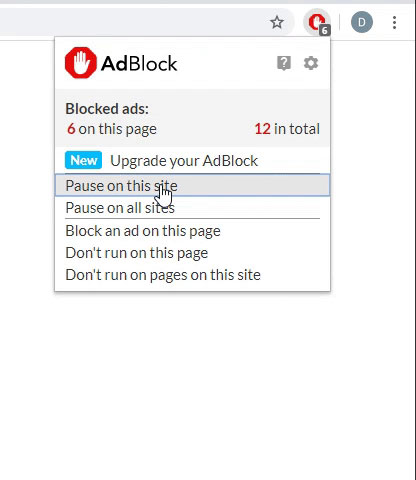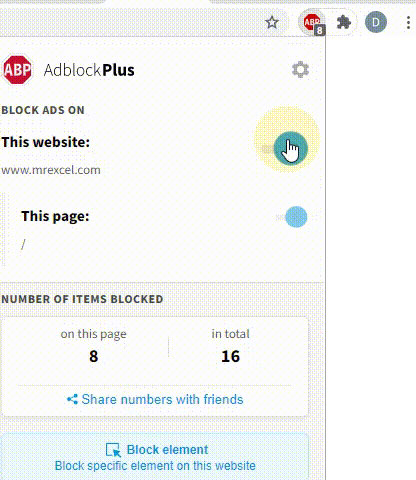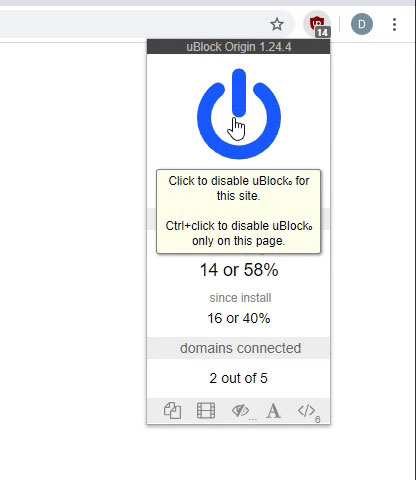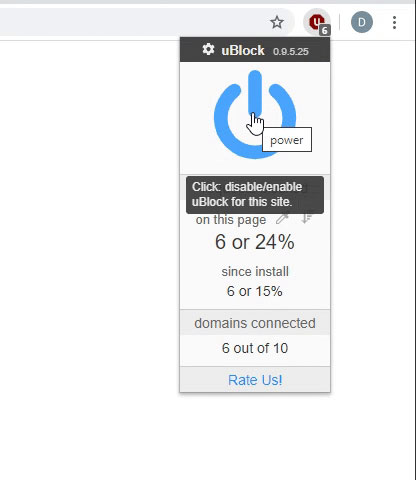JenniferMurphy
Well-known Member
- Joined
- Jul 23, 2011
- Messages
- 2,761
- Office Version
- 365
- Platform
- Windows
As far as I know, the are only two ways to create a new document based on a custom template. I can click on File > New in a Word document that is already open. Or I can double click the template itself in the template folder. But either way, when I go to save the document the default folder is OneDrive.
Suppose I want to create several new Word documents, all based on the same custom template, and save them all in a specific folder. Suppose, for example, that I want to send my resume to a number of different possible employers and I want to create cover letters to go with them. Is there any way that I can do something in that folder to create a new Word document based on a specific custom template and have the default save location be that folder?
Thanks
PS: Is this a good place to ask questions about Word? This forum is the gold standard for questions about Excel, and I see it has a section for Access, but not one for Word. If this is not the best place, is there a better place?
PPS: I am running Office 365 on Windows 11
Suppose I want to create several new Word documents, all based on the same custom template, and save them all in a specific folder. Suppose, for example, that I want to send my resume to a number of different possible employers and I want to create cover letters to go with them. Is there any way that I can do something in that folder to create a new Word document based on a specific custom template and have the default save location be that folder?
Thanks
PS: Is this a good place to ask questions about Word? This forum is the gold standard for questions about Excel, and I see it has a section for Access, but not one for Word. If this is not the best place, is there a better place?
PPS: I am running Office 365 on Windows 11





